Renal Failure Dietary Therapy

Many aspects of kidney failure require attention. The goal of renal therapy, dietary or otherwise, is to prevent or at least postpone advanced uremia (poisoning by toxins the kidneys could not adequately remove) and extend life expectancy and quality. Diet is an important part of achieving these goals and we are lucky to have commercially available […]
Fractures in Dogs and Cats
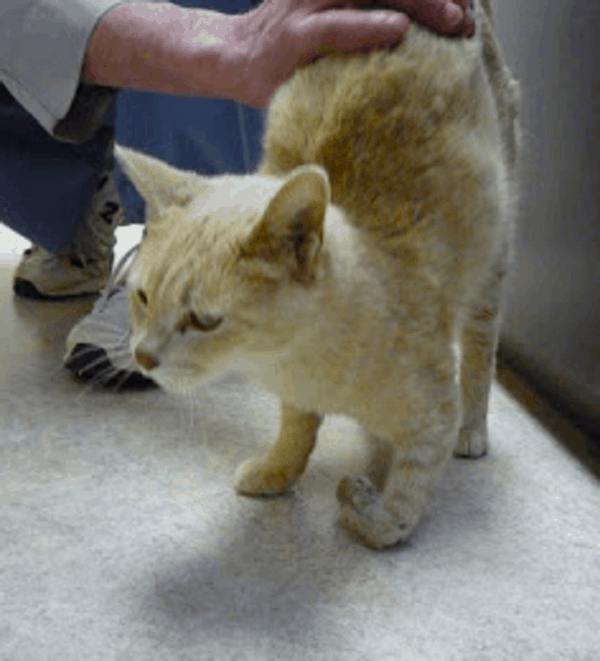
Things to know about fractures in cats and dogs are, in most cases, if your pet has suffered a traumatic injury, it’s likely that your veterinarian will recommend surgical stabilization of the fracture. Dogs and cats with fractures are treated surgically more often than are humans. There are two reasons for this: Compared to humans, […]
Hypothyroidism in Dogs
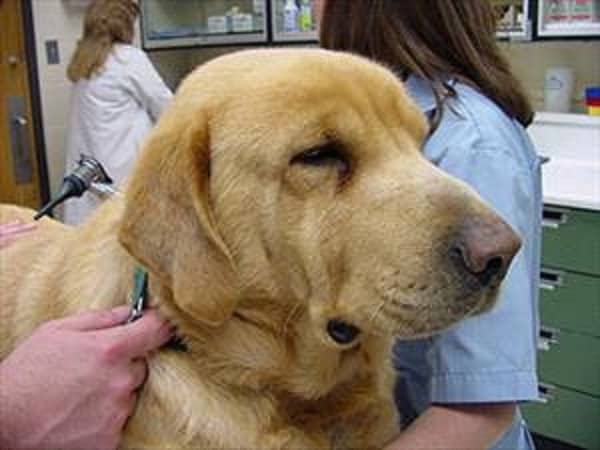
It is a common human ailment and has in the past been considered to be the most common hormone imbalance of dogs, though this has lately been called into question as test results can be confusing. It seems like hypothyroidism would be a straight forward condition: the body does not produce enough thyroid hormone, disease […]
Elbow Joint Abnormalities (Dysplasia) and Front Limb Lameness In Young Dogs
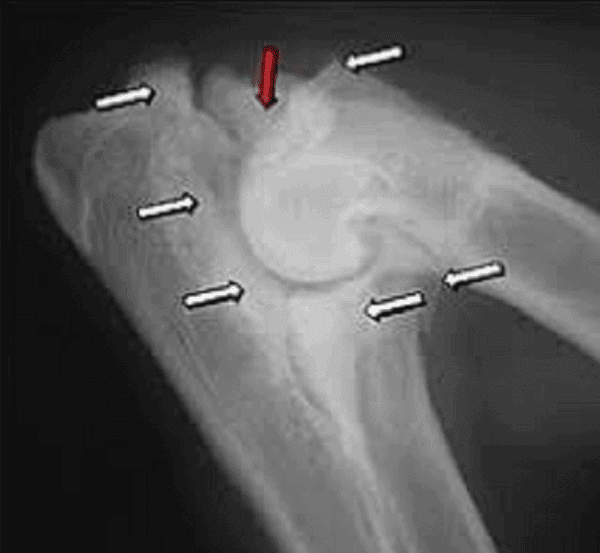
Elbow dysplasia is the most common cause of lameness on a front leg in young dogs, especially of the larger breeds. Dysplasia refers to abnormal development, in this case of the elbow joint. The elbow is formed from where three bones meet: the humerus, which is the upper limb from shoulder to elbow; the ulna, […]
Adverse Reactions to Spot-on Flea and Tick Products
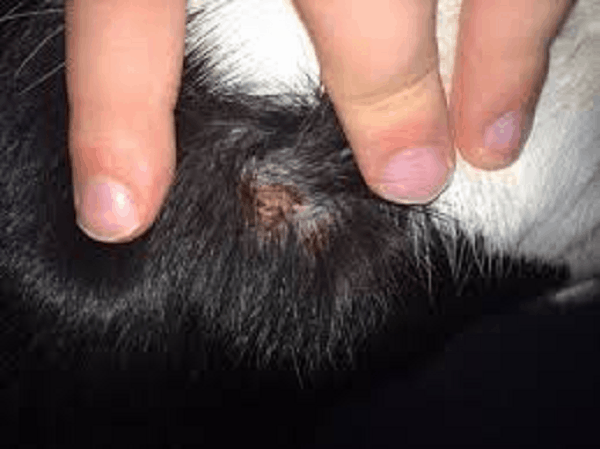
Today, there are many products to address fleas and ticks. These include newer oral medications as well as topical “spot-on flea and tick products.” Some pet owners find it easier to purchase the older topical medications, many of which are available over-the-counter without a prescription. These include topicals like Frontline, Advantage, Advantix and more. These […]
Signs, Symptoms and Diagnosis of Hyperthyroidism in Cats
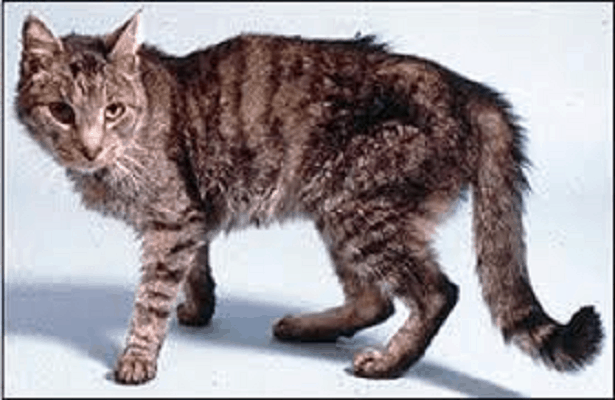
Hyperthyroidism is the most common hormone imbalance in cats. This disease emerged in the 1980s, but has become so common that a wealth of information is available. What Is Thyroid Hormone? Active thyroid hormone (nicknamed T3, short for triiodothyronine) sets the body’s metabolic rate, sort of like a volume dial. One might say T3 determines […]
Epulis Tumor in Dogs’ Mouths
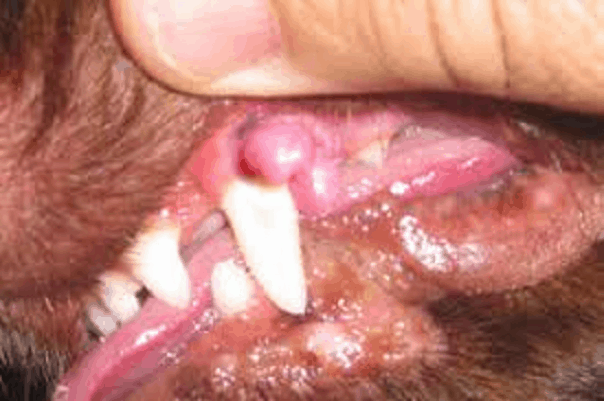
Epulides/epuli (plural of epulis) are common benign growths found in dogs’ mouths. There are three types: Fibromatous epulis appears on a stalk of tissue, much like a mushroom, or as an unmoving mass. It is usually pink in color and has a non-ulcerated smooth surface. It may appear as an enlargement on the gum tissue near […]
Eyelid (Meibomian Gland) Tumors in Dogs
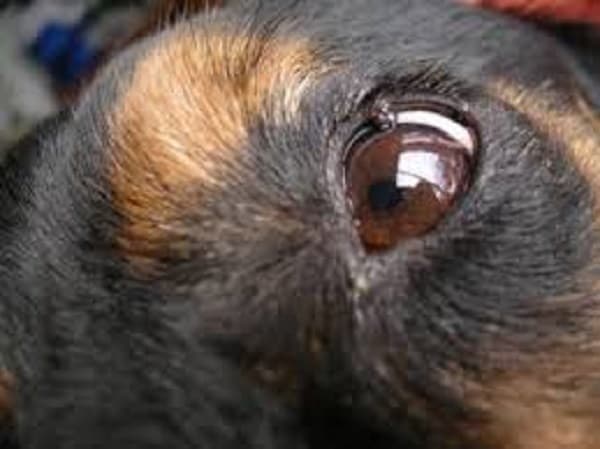
Many eyelid tumors in dogs are overgrowth of the meibomian gland. These tumors are tiny, slow-growing tumors that form in the meibomian glands of the eyelids. (Meibomian glands are sebaceous glands that provide an oily secretion to stabilize the tear film over the cornea.) Common in older dogs, meibomian gland tumors are usually benign, but […]
Communicating with Your Veterinarian
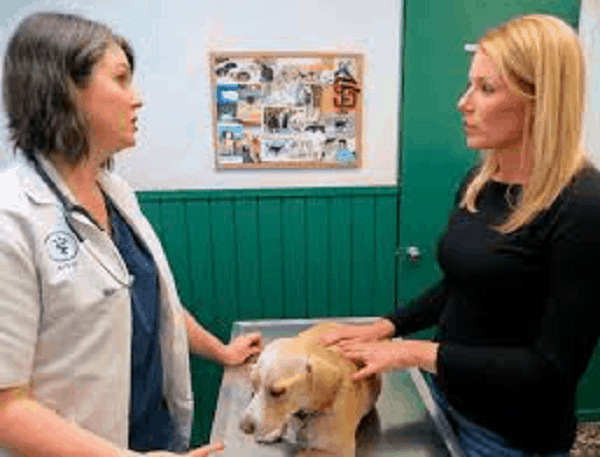
Talking to your vet can be stressful. You may already upset because your pet is sick and medical information can be complicated and confusing, and it’s hard not to worry about the bill. But you may not realize it can be frustrating for your vet as well. Nowadays, a lot of pet owners have done […]
Bite Wounds and Resulting Infections
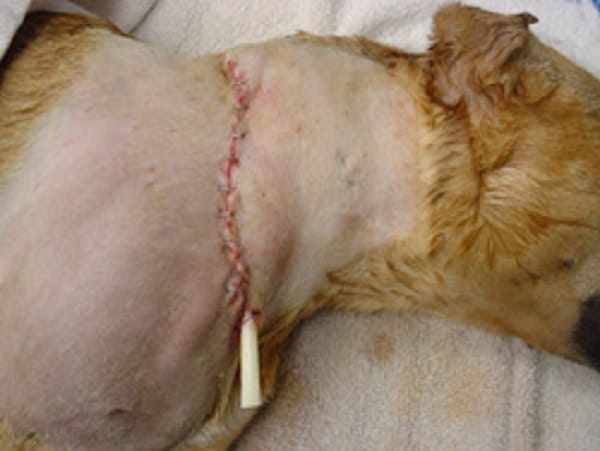
An abscess forms when an infected bite wound heals over on the surface, sealing the infection inside. Fever is generated as the infection incubates. The infected or dying tissue result into a gooey pus. Pus has a foul odor, is suggestive of pain and results in discharge from any opening. Often, this type of wound […]